1. Radithor Radioactive Tonic
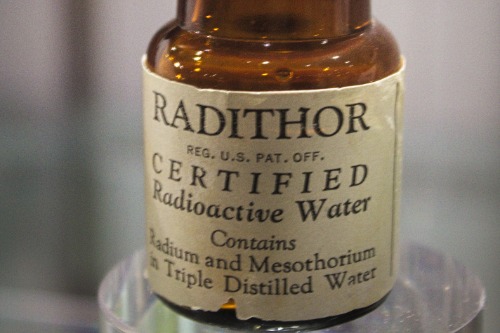
Back in the 1920s, Radithor was marketed as a health tonic packed with radium. People believed it could boost energy and cure all sorts of ailments. The advertisements were flashy, claiming it was “a cure-all for the modern individual.” Unfortunately, long-term consumption led to serious radiation poisoning and even death.
Radithor eventually became infamous after the death of industrialist Eben Byers, who drank over 1,400 bottles. Today, a product like this would never make it past the FDA. Any beverage containing radioactive material would be a major health violation. It’s shocking to think this was once sold openly in pharmacies.
2. Lucky Tiger Hair Tonic
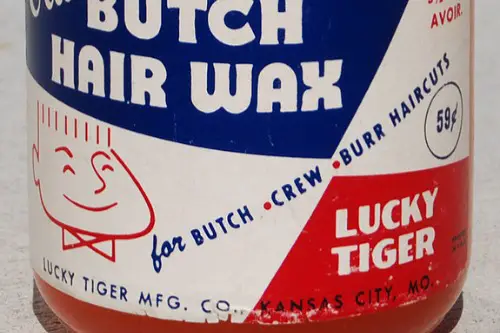
Lucky Tiger was a popular men’s grooming product in the mid-20th century, claiming to promote hair growth. Its ingredients included high levels of alcohol and other harsh chemicals. People loved the spicy, invigorating scent, but few knew the side effects could be severe. Prolonged exposure could irritate the scalp and even damage hair follicles.
Modern consumers are much more ingredient-conscious, and Lucky Tiger’s formula would face scrutiny today. The FDA now monitors cosmetic safety far more closely. Hair products with potentially toxic compounds are heavily regulated. It’s a reminder of how far personal care safety standards have come.
3. Cigarettos Candy Cigarettes
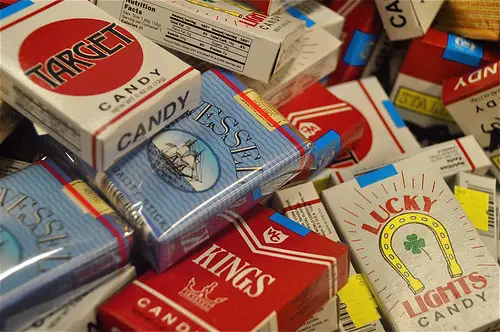
These chalky little sticks looked just like cigarettes and were marketed to kids in the 1960s. They even came with branding from real cigarette companies. The idea of giving candy that mimicked smoking to children is shocking today. Public health campaigns now emphasize keeping kids away from nicotine entirely.
The candy likely normalized smoking for a generation of kids. While no tobacco was involved, the psychological association with cigarettes was clear. Today, most stores wouldn’t dare sell anything that promotes smoking to children. It’s hard to imagine a product so blatant in encouraging unhealthy behavior for fun.
4. Lead-Based Paint
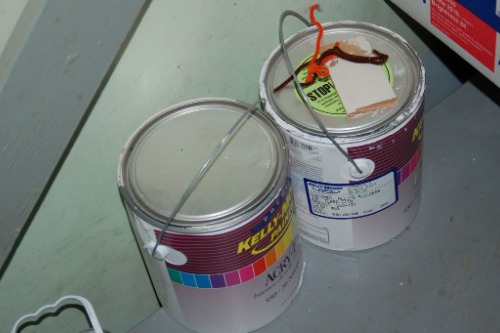
In the early to mid-1900s, lead paint was everywhere—from homes to schools. Its durability and bright colors made it incredibly popular. No one at the time fully understood the toxicity of lead, especially for children. Chronic exposure could cause developmental delays, brain damage, and a host of other health problems.
Lead paint was only fully banned for residential use in 1978 in the U.S. Today, any product containing lead in paint form would be pulled immediately. Regulatory agencies now rigorously test household paints. Parents and homeowners are far more aware of lead poisoning risks, making it unthinkable to sell such a product.
5. DDT Pesticide
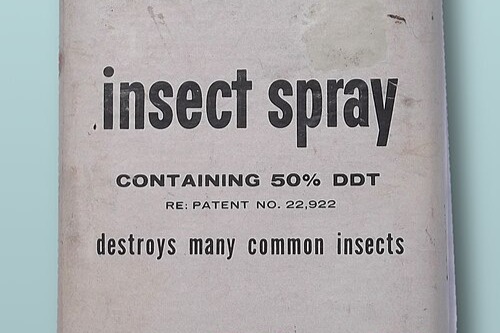
DDT was a widely used insecticide that became famous for its effectiveness in killing mosquitoes and crop pests. Farmers and homeowners swore by it, applying it liberally both indoors and outdoors. What wasn’t widely known was its environmental persistence and bioaccumulation in animals. Birds, in particular, suffered thinning eggshells, leading to plummeting populations.
The publication of Rachel Carson’s Silent Spring in 1962 changed public perception dramatically. By the 1970s, DDT was banned for agricultural use in the U.S. Modern pesticides are heavily regulated, and anything with persistent environmental toxicity would face immediate removal. DDT serves as a stark reminder of the dangers of untested chemicals.
6. Aztec “Mud Masks” with Mercury
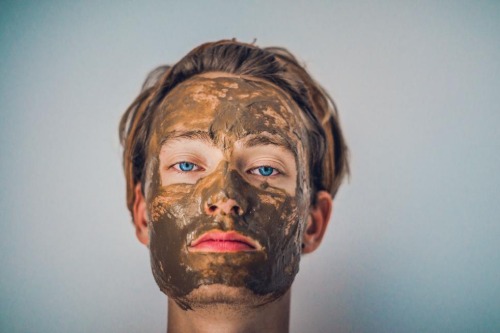
In the mid-20th century, some beauty products claimed to have exotic Aztec origins and included mercury. These were marketed as miracle skin treatments. Mercury can brighten the skin temporarily but is highly toxic. Long-term exposure leads to neurological damage and organ failure.
If a skincare product today contained mercury, it would never hit the shelves. The FDA monitors heavy metals in cosmetics with strict guidelines. The idea of using toxic metals for beauty seems outright dangerous now. Consumers are far more informed about what goes on their skin than ever before.
7. Asbestos Fireproof Clothing

Asbestos was considered a miracle material for heat resistance and fireproofing in clothing and household products. Firefighters’ coats, aprons, and even children’s Halloween costumes sometimes included it. People had no idea the fibers could cause lung diseases like asbestosis and mesothelioma. Manufacturers claimed it was completely safe, which tragically wasn’t true.
Today, any product containing asbestos would face immediate recall. Public awareness of its health risks has changed manufacturing forever. Regulations now strictly limit exposure to asbestos in all forms. Looking back, it’s alarming that clothing once contained a substance known today as a deadly carcinogen.
8. Thalidomide
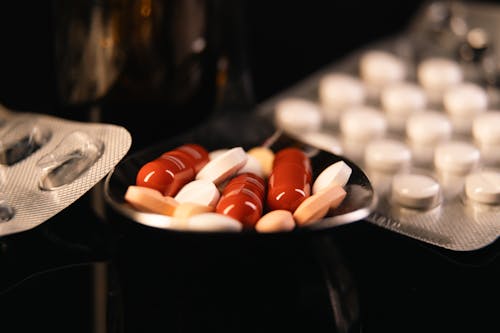
Thalidomide was sold in the late 1950s and early 1960s as a mild sleeping aid and treatment for morning sickness. It became infamous after causing severe birth defects in thousands of babies worldwide. At the time, regulations on drug safety were lax, and clinical trials were limited. Parents and doctors had no idea of the devastating consequences.
Thalidomide today would be unthinkable without extremely strict testing and controls. Drug approval processes have become far more rigorous, requiring multiple phases of trials. Modern regulatory oversight prioritizes safety above all. The tragedy of thalidomide reshaped pharmaceutical policies globally.
9. Radium-Infused Water Fountains
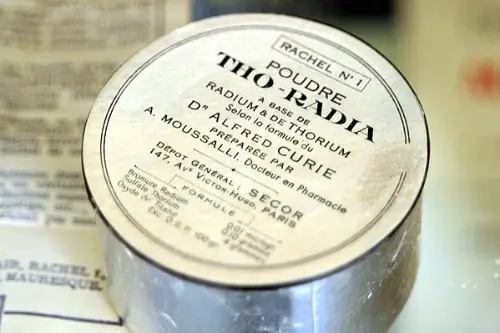
In the 1920s, some water fountains marketed radium-infused “health water” as a cure for fatigue and other ailments. People genuinely believed drinking it would boost their energy. Unfortunately, long-term exposure led to radiation sickness and cancers. Public fascination with “radioactive health” overshadowed scientific caution at the time.
Today, any beverage containing radioactive isotopes would be banned immediately. Safety standards and nuclear regulations are far stricter. Radium water is now a notorious example of how pseudoscience can harm public health. It’s hard to imagine people lining up to drink something now known to be toxic.
10. Leaded Gasoline
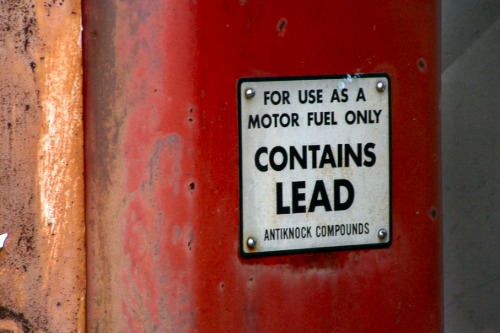
For decades, tetraethyl lead was added to gasoline to reduce engine knocking. Drivers had no idea the chemical was poisoning the air they breathed. Leaded gasoline contributed to widespread environmental contamination and severe health problems. Children were particularly vulnerable to the neurotoxic effects.
By the 1980s, leaded gasoline was phased out in the U.S., replaced with safer alternatives. Today, no gas station would sell fuel with lead additives. Air quality regulations have tightened significantly since then. The product’s popularity back then is a sobering reminder of delayed scientific understanding.
11. Cough Syrups with Heroin
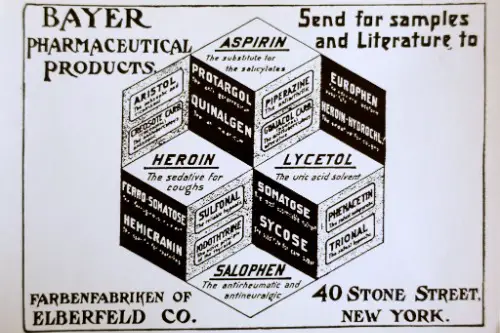
In the late 19th and early 20th centuries, some over-the-counter cough syrups contained small amounts of heroin. It was considered a safe remedy for children and adults alike. Doctors didn’t fully understand addiction or overdose risks. Families unknowingly exposed children to a highly addictive opioid.
Heroin in consumer products would be unthinkable today. Prescription opioid regulations are now some of the strictest in medicine. The historical use of narcotics in everyday remedies highlights the evolution of pharmaceutical ethics. It’s shocking to think such dangerous substances were once “mainstream medicine.”
12. Chloroform as a Painkiller

Chloroform was once sold for home use as a pain reliever and anesthetic. People applied it for toothaches, headaches, and even minor surgeries. At the time, the risks of respiratory depression and liver damage were not well understood. Many underestimated its potency, leading to accidental deaths.
Today, chloroform is tightly controlled in medical and industrial contexts. Any consumer-level sale would be illegal. Modern anesthetics are far safer and strictly regulated. Chloroform is a vivid example of how medical standards have evolved to prioritize patient safety over convenience.
This post 12 Retro American Products That Would Get Pulled Off Shelves Today was first published on American Charm.


